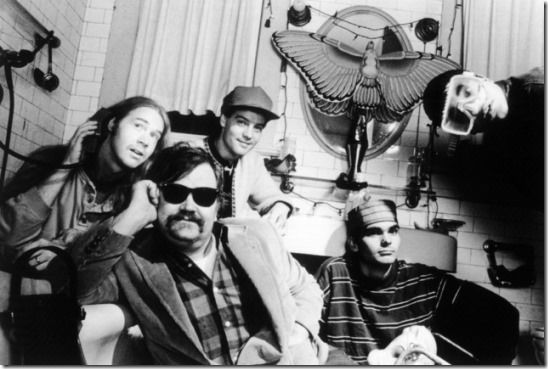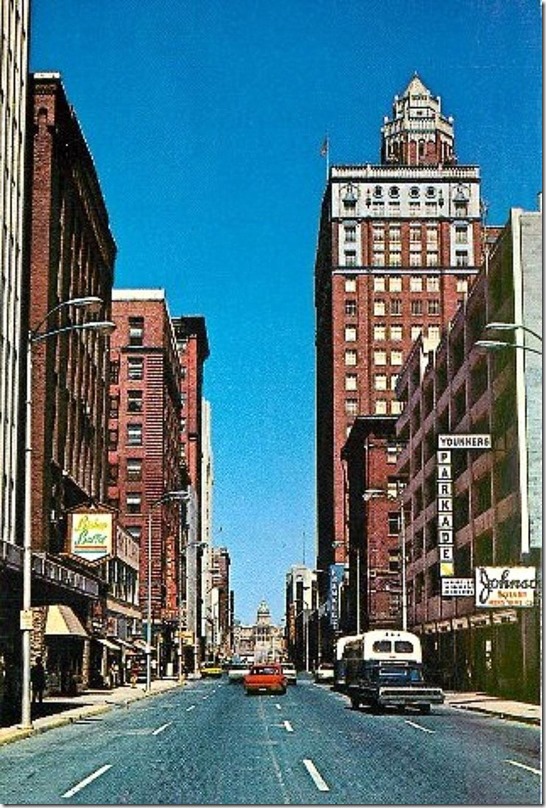“If music be the food of love, then play on…” So said Shakespeare and Peter Green’s Fleetwood Mac. Here at the Parlando Project we explore music and words (mostly poetry) crushing on each other, and some of our most listened-to audio pieces feature aspects of love. So, for Valentine’s Day here’s a countdown of our most popular pieces that feature love.
As it happens this “Top 10” also does a good job of showing the variety of music and ways we integrate the words with the music. I often think I spend the majority of the posts here talking about the words we use, but love, like music, often prefers “to speak without having anything to say,” the thing that music does.
10. Vegetable Swallow words by Tristan Tzara. When I translated this Dada poem I wasn’t expecting it to form the recognizable poem of desire that appeared. Musically I set this to something that is unorthodox rock. The keyboard parts don’t really work the way rock keyboards usually work, but the second half features an electric guitar solo that while it’s not rock, meets it at least half-way.
9. Love is Enough words by William Morris. More plainspoken than Tzara about the value of love in a world that doesn’t seem to want to contain it. Here the LYL Band is in garage band mode, with the usual keening combo organ of that Sixties’ genre along with two guitars, bass and drums.
8. The Heart of the Woman words by William Butler Yeats. One of the limitations I need to deal with in this project is that I’m not a very good singer, so it was particularly audacious here for me to perform Yeats’ poem of tender devotion acapella. One of the things I love about traditional folk music field recordings is that they often capture singers who are not perfect in pitch or in other qualities that make one say “what a singer!” That quality brings a different reflection on humanity and the words being sung.
7. Sonnet 130 My Mistresses Eyes Are Nothing Like the Sun words by William Shakespeare. I loved the episode of Upstart Crow where everyone and Shakespeare’s wife takes the bard to task for this too honest love poem that deconstructs every phony and limiting idea of beauty in his era’s poetry. Bonus Black History Month points to the possibility that the poem’s famous “Dark Lady” might have African ancestors. Musically, we leave rock’n’roll behind for 12-string acoustic guitar, bass, recorder and a string quartet.
6. Rosemary words by Edna St. Vincent Millay. One of my personal favorite musical performances from the more than 300 I’ve presented here in the last three years. I was trying to recreate the sound of the acoustic band The Pentangle, and I’m still shocked and pleased at how close I could get. Millay’s poem has a new broom sweeping out the old, failed love to make ready for a new one.
5. Sonnet 43 What Lips My Lips Have Kissed words by Edna St. Vincent Millay. Our first repeat appearance by a poet in this list, and there’s a tinge of romantic regret in this one, but also there’s some satisfaction in a life of romantic independence. A massively underrated poem! Another small string group arrangement here with some spare piano, but also electric bass and drums.
Actual photo of my anima recording another Parlando Project piece. “Yeah, it needs more theorbo.”
4. Let Us Live and Love words by Thomas Campion. Another variation on the carpe diem poem that starts as Campion’s Elizabethan English translation of Roman poet Catullus, and then branches off to his own take. The music here is blues: acoustic guitar and slide guitar with harmonica. I don’t play bottleneck slide guitar much with the Parlando Project, but listeners for some reason seem to like the pieces where I do.
3. Tender Buttons words by Gertrude Stein. Another one where I outright tried to cop the style of another band, this time Captain Beefheart and His Magic Band. I remain surprised at the number of listens this one has accumulated, and even when I posted this I wondered how many are out there that appreciate both Gertrude Stein and Captain Beefheart. More than I expected you brave souls!
Even more than the Tristan Tzara poem, this one abstracts desire and love; but particularly in its closing section, that’s what I read was there expressed in Stein’s cubist language. It’s possible that, though the language is different, Stein is making something of the same point as Shakespeare’s Sonnet 130 does, that desire starts at skin deep and cares little how it’s attired or to what it’s compared to. Beefheart did much the same thing lyrically as Stein—but also musically, reassembling shards of blues music and visual emotions.
2. Sonnet 18 Shall I Compare Thee to a Summer’s Day words by William Shakespeare. More rock band instrumentation used in a different way than usual. The tolling piano sure ain’t doing no boogie-woogie, for this poem is yet another carpe diem argument, presented only slightly differently. As always in carpe diem, “we’re all going to die” is the unlikely come-on, and Shakespeare isn’t making the “mistake” of his Sonnet 130, opening this one by saying his beloved is better than, rather than lesser than, a common poetic trope; but as the poem continues he makes the ego-drenched claim that he’s the better love partner because he’ll put you in a poem that’ll make you immortal.
How’d that work out for the love object? Lots of conjecture as to who might be the “fair youth” or the “dark lady” in those sonnets (or if Shakespeare is, well, capable of just making the whole thing up) but in fact, we’re more concerned with Shakespeare than his romantic partners. We treasure the valentines, not the fleshy and independent lovers that they may have been addressed to, and we hold them while their erstwhile subjects are dust without names.
Doesn’t seem fair does it? Maybe for Valentine’s today the best thing is to skip the questions of appropriate metaphor and honor that partner, and to return to poetry and song tomorrow?
I can’t be serious, can I? This project needs more listeners and readers!
1. Love and Money words by Dave Moore. Can this be? An original song by Dave, who has contributed words, music, vocals, inspiration and keyboards to this project from the start is more popular than Shakespeare? How could this be?
Could it be the elemental and essential nature of the pairing in the title and the rest of the lyrics? I was considering some slavery stories as I first considered Dave’s lyrics, that added some weight for me, but Dave’s words are free-floating as far as time and place. So, I’m not going to knock the words, but maybe it’s the funky way his electric clavinet and the rest of the LYL Band jells on this one.
Happy Valentine’s Day to every reader and listener here!










